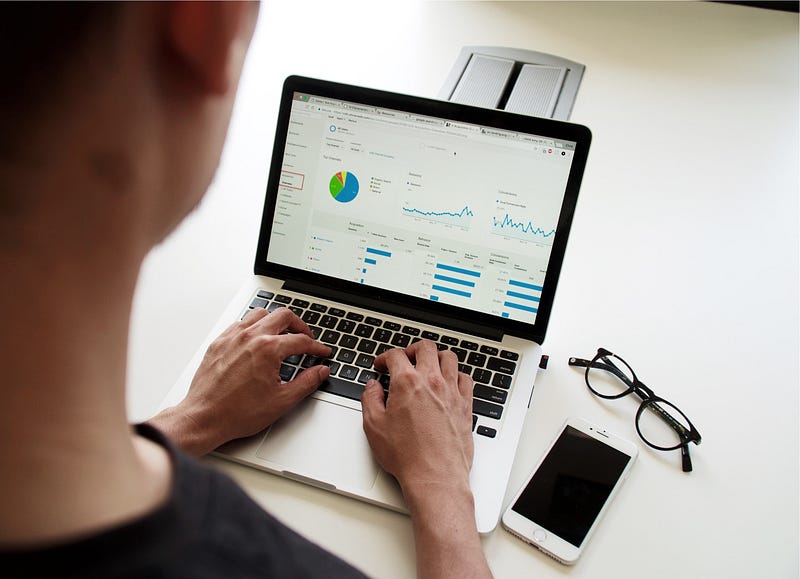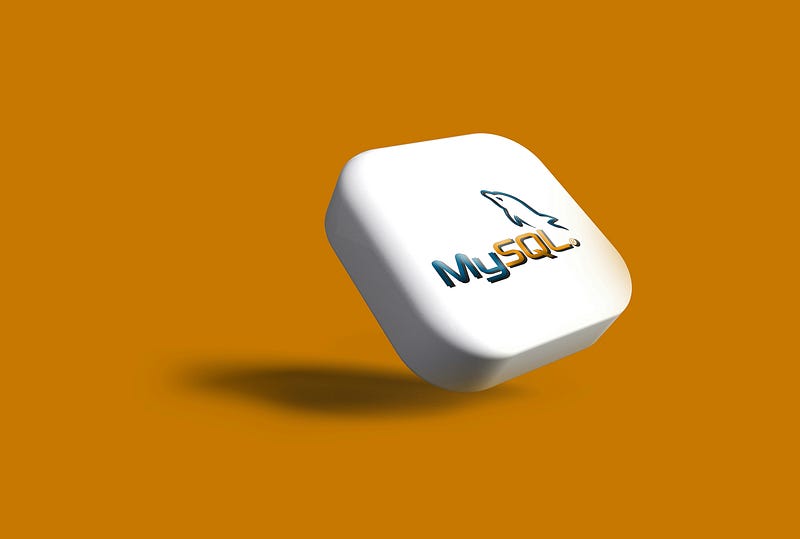Mastering Data Analysis: A Comprehensive Guide for 2024
Written on
Chapter 1: Introduction to Data Analysis in 2024
Are you eager to dive into the world of data analysis in 2024? You’ve come to the right spot! With so many resources available, it can be overwhelming. However, I’m here to share two crucial steps beyond the typical technical skills that helped me secure my first data analyst role without prior experience. And no, these steps aren't just about completing projects.
So, are you ready? Let’s jump in!
Important Note: If your goal is to focus on data analysis, it's best to postpone learning Python until later in your journey.
Another Important Note: The two additional steps I’ll share are essential for landing a data analysis position.
Section 1.1: Step 1 - Master Excel
The first technical tool you should get comfortable with is Excel. Proficiency in Excel is vital for data analysis; trust me, you’ll rely on it frequently! Here’s what you should focus on:
- Data manipulation
- Quick data analysis using sorting and filters
- Performing calculations
- Creating pivot tables
- Visualizing insights

Section 1.2: Step 2 - Understand SQL
Next, it’s essential to dive into SQL (Structured Query Language), the backbone of databases. This tool is also highly utilized and quite straightforward to learn. Focus on:
- Retrieving data
- Manipulating data
- Analyzing data stored in relational databases

How I'd Learn Data Analytics in 2024 (If I Had to Start Over)
This video outlines a structured approach to mastering data analytics in 2024, providing insights and strategies for effective learning.
Section 1.3: Step 3 - Visualization Tools
Once you’ve built a solid foundation in Excel and SQL, it’s time to visualize the data. While there are several tools available, they all follow similar principles. For instance, my workplace uses Looker, but mastering either Tableau or Power BI will make transitioning to other tools seamless.
Here’s what you should learn:
- Crafting storytelling visualizations
- Creating interactive dashboards

Section 1.4: Step 4 - Learn Python
You might be surprised to see Python in the fourth step. The rationale is that while Python is incredibly beneficial, it isn't as crucial as mastering Excel, SQL, and visualization tools first.
That said, learning Python offers many advantages, as it simplifies various tasks and calculations that might be cumbersome in SQL. Here’s what to focus on:
- Utilizing libraries like numpy and pandas for advanced data manipulation and analysis
- Creating visualizations with matplotlib.pyplot and seaborn
- Automating repetitive tasks
- Building simple applications using the streamlit library

Section 1.5: Step 5 - Engage in Projects
This step is crucial on your journey. Merely watching videos won’t suffice; you need hands-on experience. Seek out interesting datasets—plenty are available online!
Here are some tips:
- Choose projects that resonate with your interests or align with job applications.
- Use notebooks to easily share your findings.
- Create PowerPoint or Google Slides presentations to showcase your results. Include visualizations and bullet points to enhance communication.
By completing projects, you’ll gain practical experience that potential employers value, proving you can perform data analysis beyond just holding certifications.
A quick note: when I completed my technical assessment (a SQL task), I submitted not only my queries but also a Google Slides presentation with visualizations. This impressed the interviewers!

Section 1.6: Step 6 - Build an Online Presence
This step is just as vital as the previous ones, especially if you lack a degree. To differentiate yourself, it’s essential to showcase your work.
Here are some strategies:
- Optimize your LinkedIn profile and regularly post about your projects or insights.
- Write blog posts about your data analysis projects on Medium to tap into a ready audience.
- Create a GitHub repository to store your work.
- Record presentations of your findings and upload them to YouTube.
By establishing an online presence, you’ll stand out in the competitive job market.

Chapter 2: Conclusion
We’ve reached the end of the roadmap! Mastering data analysis requires both technical expertise and practical experience. If you consistently follow this roadmap and engage in real projects, I’m confident you will land your desired job.
Remember to focus on practical projects, create presentations, and most importantly, showcase your work and cultivate an online presence.
Thank you for reading! If you found this helpful, please consider showing your support by clapping (50) to encourage me to share more insights on science, programming, study techniques, and productivity!
Stay tuned for more content. See you soon!
How to Self-study Data Analysis Fast in 2024 (With Chat GPT)
In this video, learn effective self-study strategies for mastering data analysis quickly in 2024, including the use of AI tools like Chat GPT.